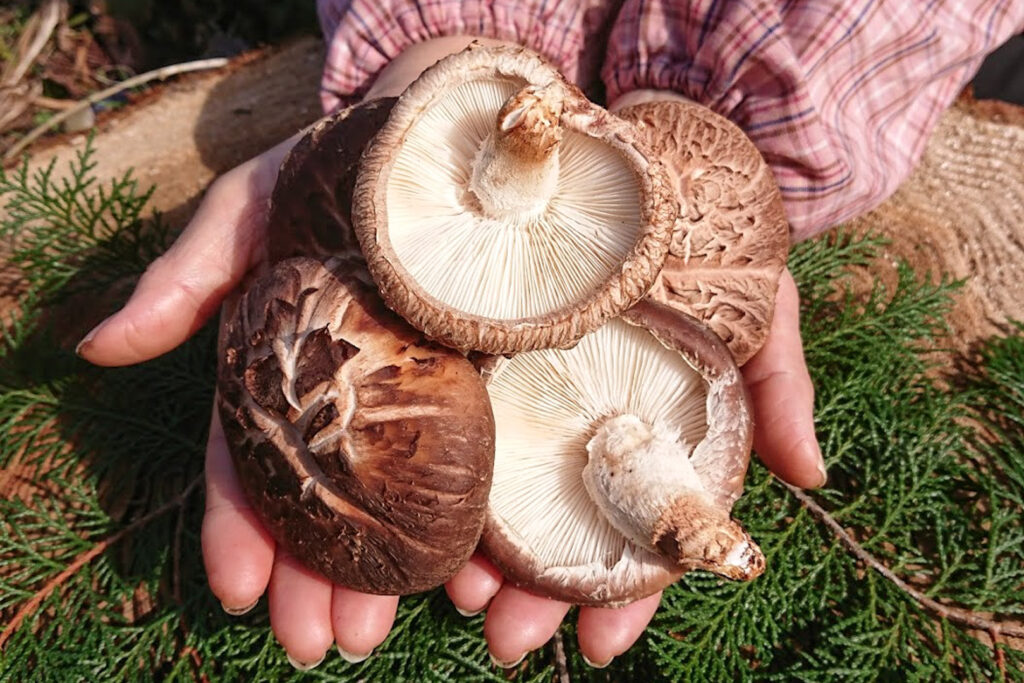Shiitake mushrooms are one of the oldest cultivated mushrooms in the world, with a history dating back over 1,000 years. They are native to East Asia and were first cultivated in China during the Song Dynasty (960-1279 AD). Shiitake mushrooms were quickly adopted by other East Asian cultures, including Japan and Korea.
Shiitake mushrooms were originally cultivated on oak logs, and this method is still used today. However, shiitake mushrooms can also be cultivated on other substrates, such as sawdust and straw. Shiitake mushrooms are now grown all over the world, and they are one of the most popular types of mushrooms consumed today.
In addition to their culinary uses, shiitake mushrooms have also been used in traditional Chinese medicine for centuries. Shiitake mushrooms are believed to have a number of health benefits, including boosting the immune system, reducing inflammation, and improving heart health.
Here is a timeline of the history of shiitake mushrooms:
1000s AD: Shiitake mushrooms are first cultivated in China.
1200s AD: Shiitake mushrooms are introduced to Japan and Korea.
1600s AD: Shiitake mushrooms are introduced to Europe.
1800s AD: Shiitake mushrooms are introduced to North America.
1900s AD: Shiitake mushrooms become increasingly popular in the West, and commercial production begins.
2000s AD: Shiitake mushrooms are now one of the most popular types of mushrooms consumed in the world.
Today, shiitake mushrooms are a popular ingredient in many cuisines around the world. They can be found fresh, dried, or powdered. Shiitake mushrooms are also used in a variety of dietary supplements and health products.
Enjoy the delicious and nutritious taste of shiitake mushrooms!

